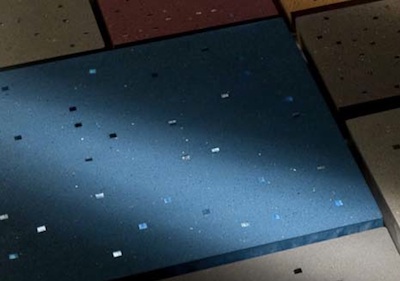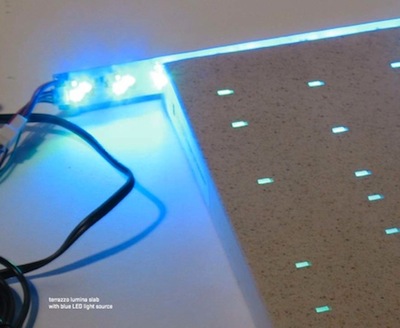


Imagine a mix between a beehive and a slinky: Flexicomb is a light-hearted new material that combines the properties of both. In contrast to conventional rigid honeycombs, Flexicomb is flexible, bouncy, and fun. This porous, translucent material transmits light effectively, and it can be bent, sprung, and compressed to form sculptural installations, lamps, desktop accessories, and furniture prototypes.
PadLAb makes Flexicomb by fusing thousands of closely packed polypropylene tubes on one end to form a flexible honeycomb. The production of Flexicomb begins with a set of tightly compressed cylinders. When the ends of the closely packed tubes are heated, they fuse into a matrix of hexagons.
The idea for Flexicomb grew out of PadLAb co-founder Dan Gottlieb’s research project on structural honeycomb at the Yale School of Architecture. Commercial aerospace and transportation-grade honeycombs exceeded a student budget, so Gottlieb decided to make his own, out of a more economical raw material: drinking straws. Dan’s experiments making furniture out of straws included the use of slim red coffee-stirrers and fat fluorescent super-straws.
Link: http://transmaterial.net/index.php/2009/08/13/flexicomb/
















































